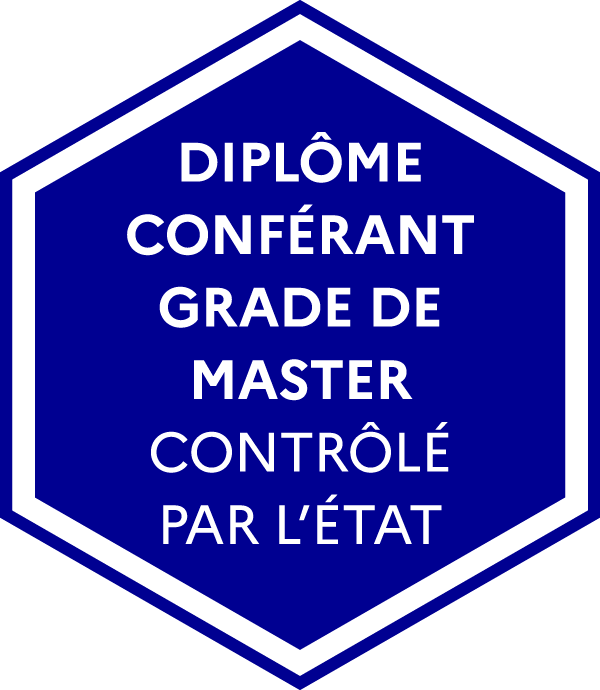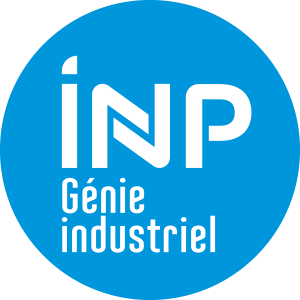Number of hours
- Lectures 18.0
- Projects -
- Tutorials 36.0
- Internship -
- Laboratory works -
- Written tests -
ECTS
ECTS 6.0
Goal(s)
The design of products is a collaborative and distributed activity that involves expertise from various domains (technical, marketing, design...). Interpersonal communication aspects are crucial. We have all experienced the difficulty of being understood by others when presenting an idea or explaining a constraint of our profession. This is due to problems with sharing knowledge and creating shared knowledge necessary for mutual understanding.
Effectively managing a team, leading a project meeting, or a group of experts is cognitively challenging. This course aims to highlight these mechanisms of mutual understanding and proposes tools that allow observation and understanding of the collaborative processes at work in project groups. The goal is to enable you to develop knowledge to establish the conditions for better collaboration in your future activities.
Content(s)
Situation 1: * Train ticket support design. Discovering design as a highly collaborative and knowledge-intensive activity.
Situation 2: * Delta game integrating communities of practice. Discovering mutual understanding, shared representations in synchronous design situations. Beginning to build an analysis grid of collaborative practices.
Situation 3: * In the G-SCOP experimentation room, designing, observing, and analyzing a collaboration situation. As a team, you will develop a complete protocol (design situation, data collection, analysis grid, analysis method). Example themes: "influence of time pressure on decision quality", "influence of knowledge sharing level on team performance", "influence of communication media type (remote/onsite) on design quality".
Theoretical contributions:
Characteristics of collaboration among experts, case studies, and illustration of concepts such as shared objects, knowledge sharing, shared representation...
Tools and methods for analyzing collaborative design situations. Presentation of the main research methods available today. Focus on protocol analysis and coding exercise.
Motivation to understand and analyse the collaboration issues in design. Motivation to develop methodological skills of analysis and observation. It is desirable that students have a good knowledge of the product design activity through students projects or work experience.
Continuous assessment (CC) :
Situation 1 : informal presentation
Situation 2 : PPT presentation
D1 : rapport
D2 : rapport
D3 : rapport
E1 = Final exam Presentation and report
E2 = Final oral or written exam from the 2nd exam period
N1 = E1
N2 = E2 (max 10/20)
N1 = E1 moyenne note rapport et présentation orale
N2 = E2 note travail individuel
Cette pondération est compatible avec une organisation des enseignements et des examens en distanciel
The exam is given in english only 
The course exists in the following branches:
- Curriculum - Master 2 GI SIE program - Semester 9 (this course is given in english only
 )
) - Curriculum - Engineer student Master SCM - Semester 9 (this course is given in english only
 )
) - Curriculum - Master 2 GI SIE program - Semester 9 (this course is given in english only
 )
) - Curriculum - - Semester 9 (this course is given in english only
 )
) - Curriculum - - Semester 9 (this course is given in english only
 )
) - Curriculum - Engineer IPID apprentice program - Semester 9 (this course is given in english only
 )
) - Curriculum - Engineer student Master PD - Semester 9 (this course is given in english only
 )
)
Course ID : WGUKNOW9
Course language(s): 
You can find this course among all other courses.
Voir bibliographie donnée dans le cours
French State controlled diploma conferring a Master's degree

Common Core presentation
Programme courses S5
Programme courses S6
Supply Chain Management
Programme presentation
Programme courses S7
Programme courses S8
Programme courses S9
Programme courses S10
Product Design
Programme presentation
Programme courses S7
Programme courses S8
Programme courses S9
Programme courses S10
Contacts
Academic staff
- Head of studies:
Pierre Lemaire - Head of 1st Year Program:
Abdourahim Sylla - Head of Supply Chain Management Program:
Irène Gannaz - Head of Product design Program:
Yann Ledoux
Registrar's office
- Head of Registrar's office:
genie-industriel.scolarite@grenoble-inp.fr - Secretary's office 1st Year:
Valérie Demicheli - Secretary's office 2nd Year:
Sylvie Malandrino - Secretary's office 3rd Year:
Vincente Odier - International relations department:
Nadia Dehemchi



